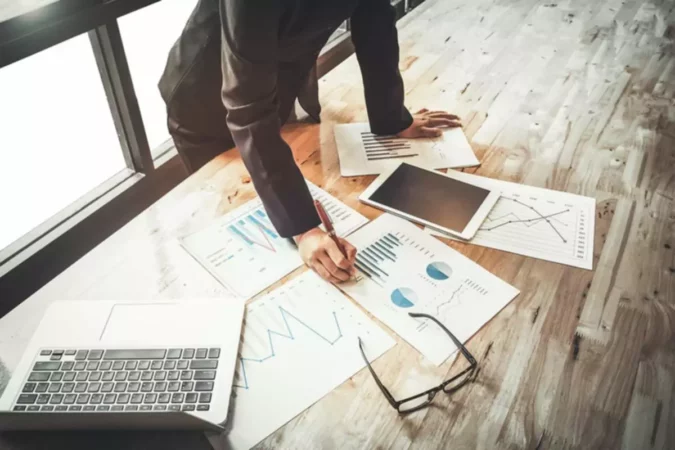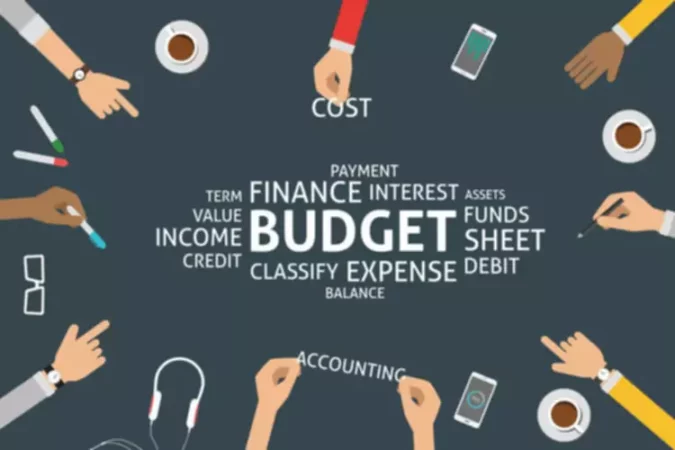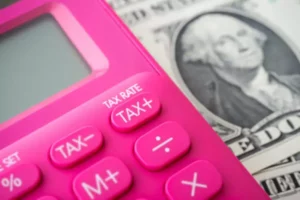Overview
A Balance Sheet is a document that you will see in every business. In different countries, it is customary to draw up this financial statement in different forms, but the essence does not change. The main differences lie in the detailing of Balance Sheet items and their location in the report.
To help decision-makers, Balance Sheet items are usually grouped according to general characteristics. This classification corresponds to the name of each element: Assets, Liabilities and Equity. Under the name of each element, there are corresponding financial accounts.
The Balance sheet items are arranged depending on liquidity. If the items of Assets, Liabilities, and Equity are not further divided into certain groups in the Balance Sheet, then it is called unclassified and contains only these three sections.
If the items of Assets, Liabilities, and Equity are divided into groups, then this report is called classified. Accordingly, the companies, based on the nature of the transactions performed, classify these two categories as current and long-term. This is where the name Classified Balance Sheet comes from.
Classification
The classification of Assets and Liabilities into short-term and long-term categories provides useful information to users, separating current assets from non-current assets, highlighting Assets received and Liabilities settled over the next twelve months. In addition, information about the maturity of both is useful in assessing the liquidity and solvency of an entity. It is considered to be easier to understand as well.
The Classified Balance Sheet should at least include line items representing:
- cash
- revenue and other receivables
- stocks
- fixed assets
- intangible assets
- investments
- expenses and other payables
- tax liabilities and claims
- reserves
- long-term liabilities
- issued capital and funds.
Items can be presented grouped together or with a high degree of detail, which is determined by the business itself and applicable reporting standards. Typically, financial reports intended for the larger public are less detailed than those used for management purposes.
Classified Assets
Assets are usually divided into two large categories: non-current and current assets.
- Fixed assets (non-current) are any assets that a company uses on an ongoing, long-term basis (for example, buildings, equipment, vehicles, computers), as opposed to assets acquired for sale to customers. The term of use of such assets in business activities is usually more than one year or an operating cycle. Another feature of such assets is that they partially transfer their value in the form of depreciation to the cost of goods and services.
- Current assets are assets that you hope to sell or convert into money within one year (for example, goods or funds that buyers owe you).
Classified Liabilities
A liability should be classified as current when:
- It is supposed to be paid off in normal conditions of the business operating cycle;
- It is due for repayment within twelve months from the reporting date.
All other liabilities should be classified as non-current. The company classifies its long-term liabilities as non-current even if they are due to be settled within twelve months from the reporting date if:
- the original period was a period exceeding twelve months;
- refinancing of the liability on a long-term basis is expected; and this intent is supported by a refinancing agreement, or a change in the payment schedule, entered into before the financial statements are authorized.
Shareholder’s Equity
What exactly is listed in this section will largely depend on the form of business. Nonetheless, one can break down the Shareholder’s Equity into contributed capital and earned capital. The contributed capital consists of common and/or preferred shares, as well as contributed surplus. This is how much cash or other valuables the shareholders gave to the company. You can see the number of shares, their type, and their price listed in the Balance Sheet.
The components of the earned capital include retained earnings and accumulated and other comprehensive income. For each item, you will see a line in the Balance Sheet. The retained earnings are the portion of the income that is not paid to shareholders.
Who Should Read the Balance Sheet and Why?
Even if you are not an accountant and not a financial specialist, you most likely have heard about the Balance Sheet as a thing that is of great importance and that everyone talks about, and which everyone attaches the greatest importance to.
What is the practical use of drawing up this financial statement and why it is given so much importance? This is because the Balance Sheet provides the basis for calculating many financial ratios (liquidity, financial flexibility, profitability, etc.). This document also makes it possible to evaluate a business and its policy on further development, to evaluate its assets.
Executives, investors, bankers, tax inspectors and any interested party scrutinize the Balance Sheet. It is not a trade secret. It does not matter in what form the document is drawn up, the value of the information obtained does not diminish from this. It helps to make important financial decisions. Each interested person with special knowledge builds an individual methodology for working with this document. Its purpose is to draw conclusions about the real financial situation in the company.
The Balance Sheet characterizes the economic potential of the organization and its financial position, i.e. composition and structure of assets and their sources. A company’s financial position depends on its economic resources, its financial structure, its liquidity and solvency, and its ability to adapt to changes in the environment.
Information about a company’s economic resources and its past ability to transform those resources is useful in predicting its ability to generate cash in the future. The info on the financial structure is needed to predict future borrowing needs and how future profits and cash flows will be allocated to those who have a stake in the company.



















